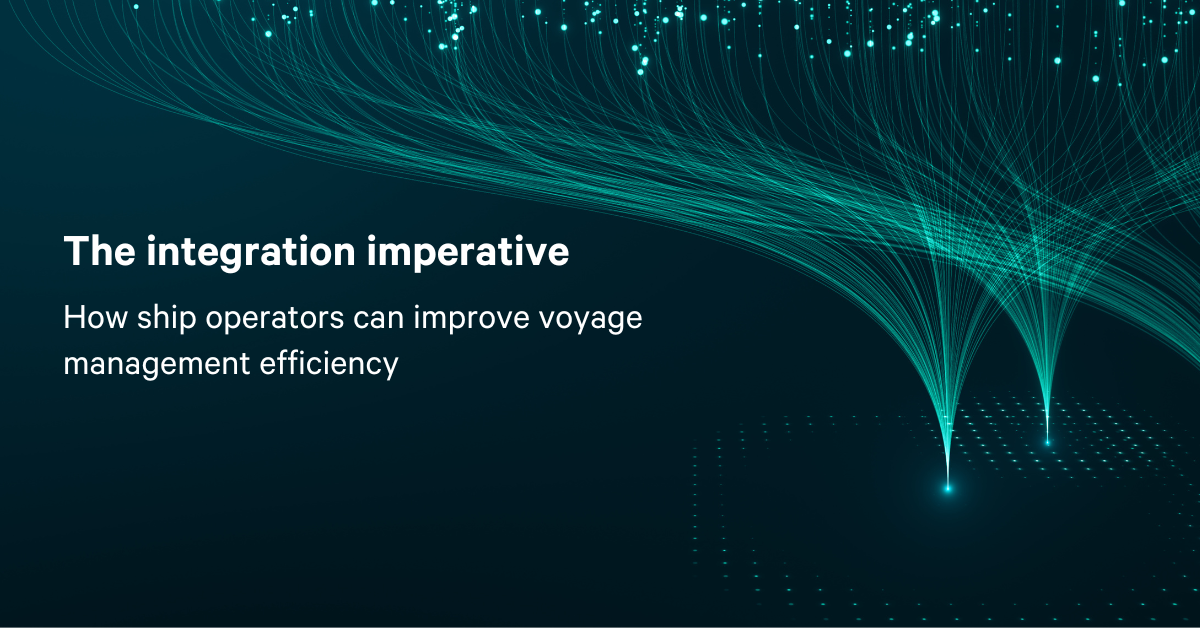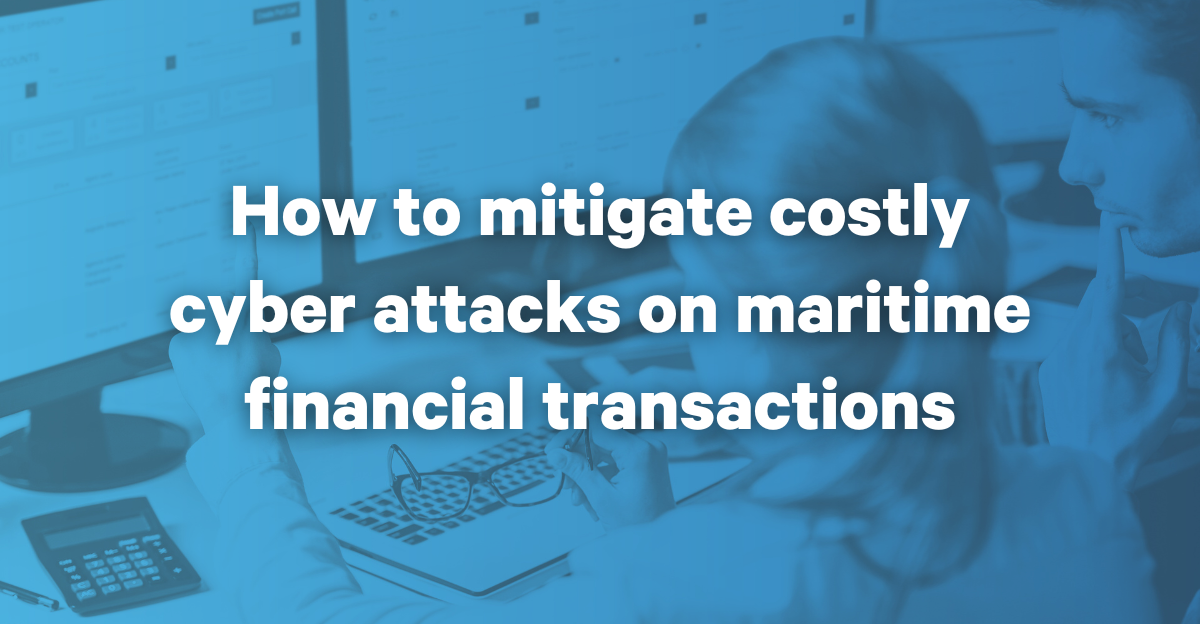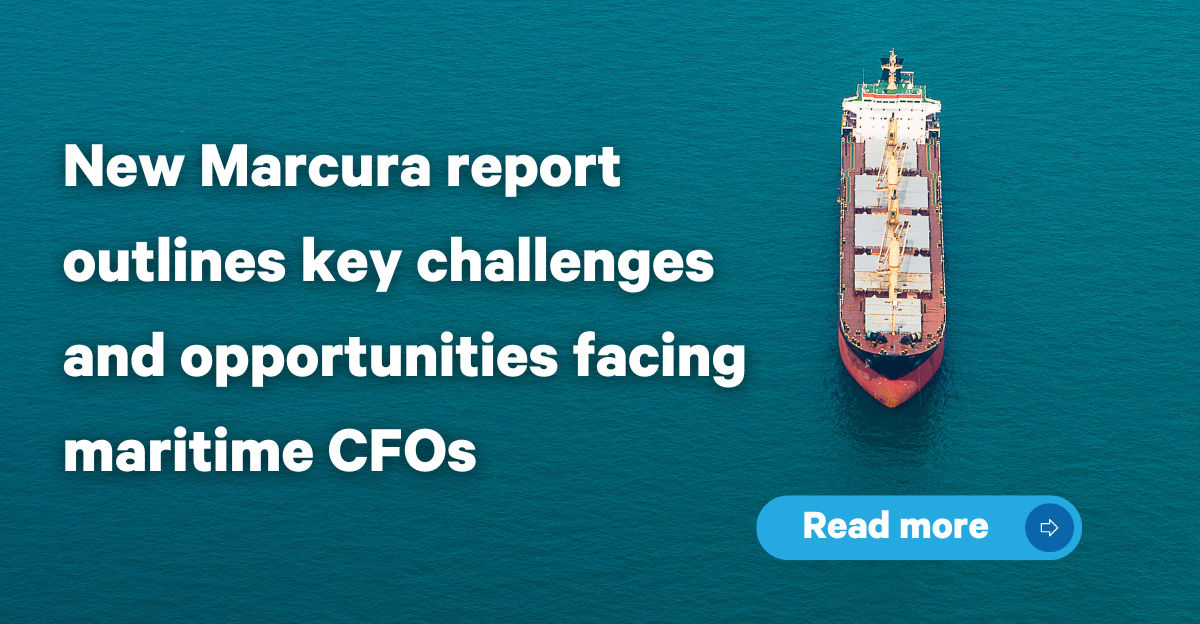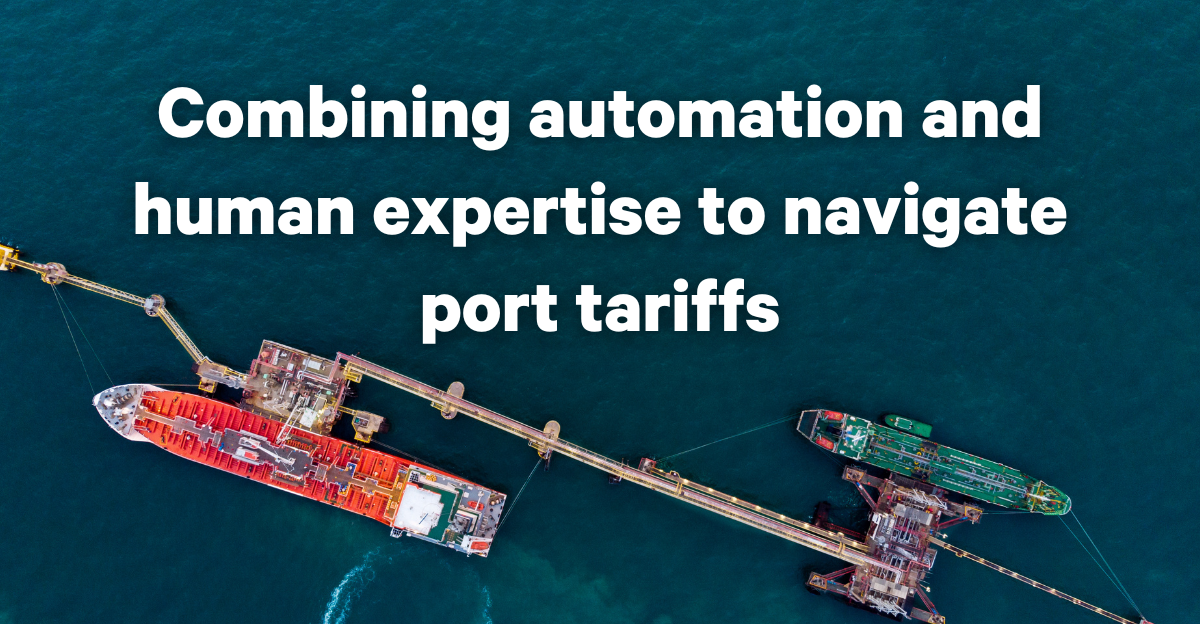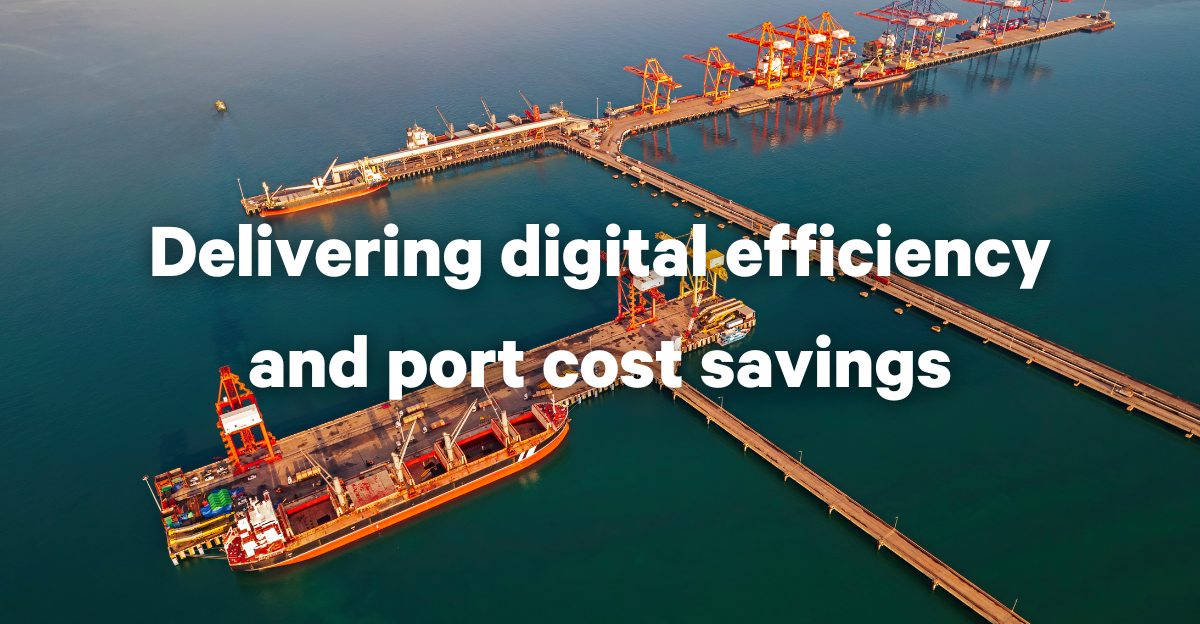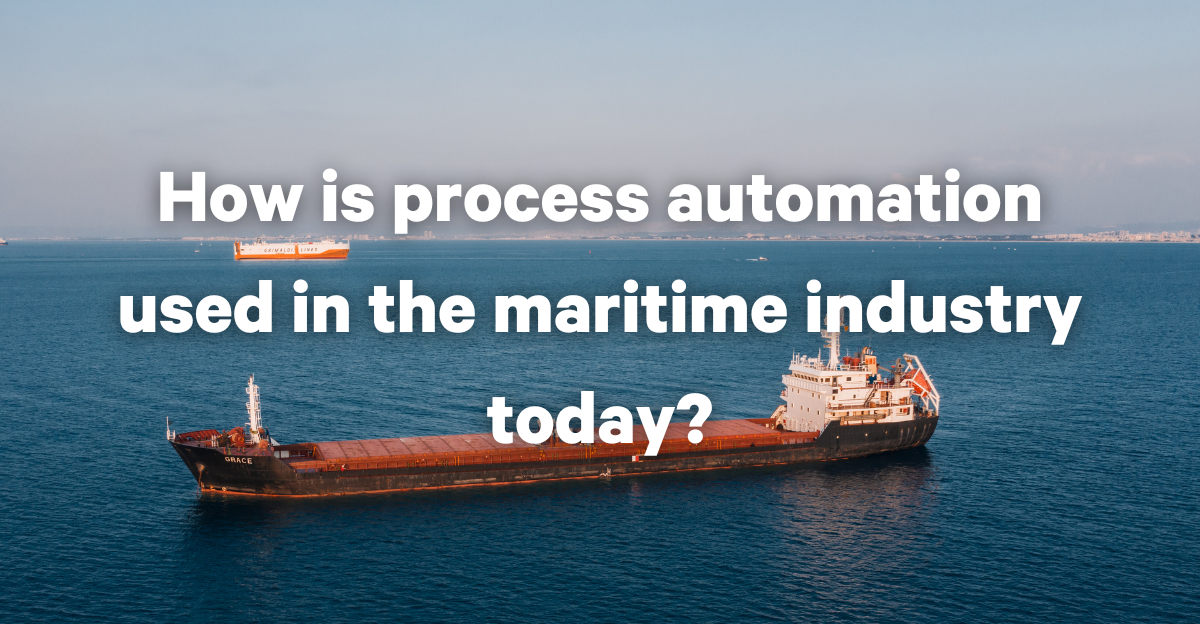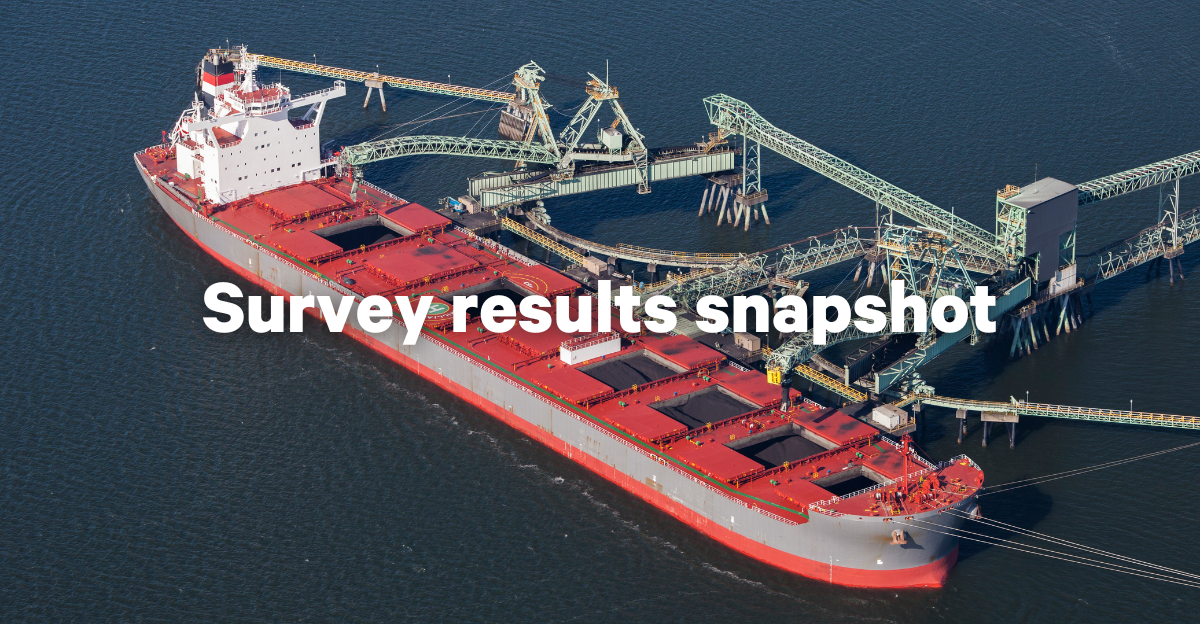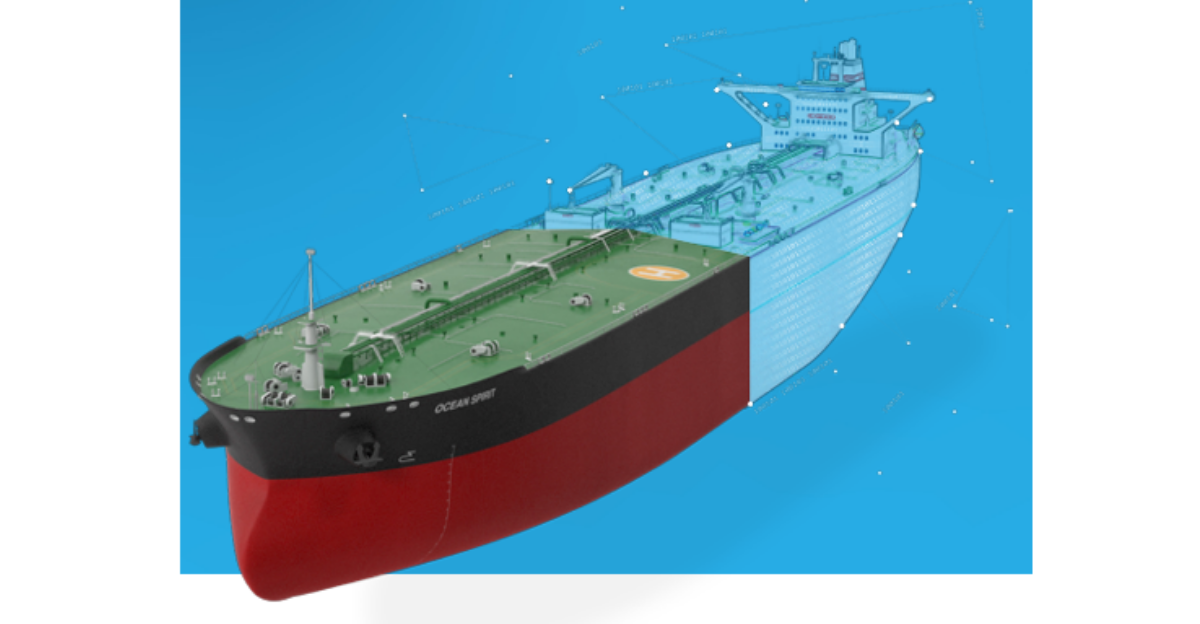DA-Desk uses AIS data (the automatic identification system that uses transceivers on ships to monitor a vessel’s position) to track a vessel’s frequency of calls in case a discount or rebate applies.
Then we transcribe and codify all of the rebate rules, for every port in the world. Coupled with the geofencing of all terminal locations within the ports, it means we can produce a real-time electronic statement of facts (SOF).
This ensures that both our transactional and processing teams can see where and when the vessel called in the nominated port and for how long.
Our customers only pay for the services rendered
We subsequently use the same data set for the validation of the charges, such as any additional movements, weekend working and actual times of departure.
Once we have the physical invoices and the final signed SOF, we certify that our customers pay only for the services rendered and that any additional costs, like for any vessel shifting that may have occurred, are substantiated.
You can verify the applicability of charges in certain ports such as light dues, which traditionally cover subsequent port calls within the same country, by automatically checking the previous rotation of the vessel.
The algorithm in DA-Desk ensures funds are sent at the right time
Our development team created an algorithm which uses the AIS position of the vessel and the port call destination in DA-Desk to determine if the estimated arrival time (ETA) in the system is an achievable date.
If there is a clear discrepancy, we automatically update the ETA. This not only gives everyone the benefit of more accurate arrival information but, most importantly, means we can ensure any advance funds are sent at the right time, neither too early nor too late.
Checking for rebates and tariffs, vessel rotation and days in port are just a few of the 1,800 checks done in DA-Desk on your Disbursement Accounts. Read more about our DA management service.
Author:
Mark Franklin
Commercial Director, DA-Desk



